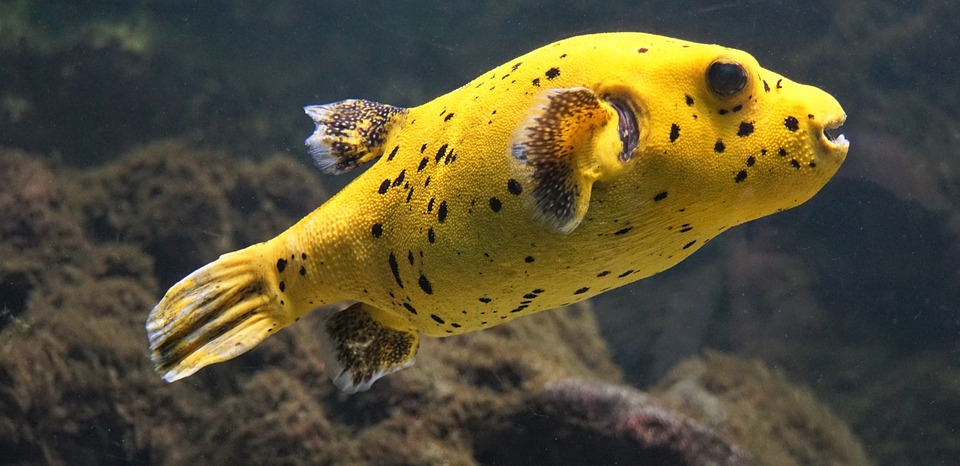Fish, with their vibrant colors and graceful movements, have always fascinated us. But have you ever wondered how fish sleep? In this article, we will take a closer look at the sleep habits of fish, shedding light on their mysterious slumber.
Fish, like humans, experience different sleep states. However, their sleep patterns differ significantly from ours. One of the sleep states fish experience is quiescent sleep, which is similar to the restful sleep we experience. During this state, fish reduce their activity levels, slow their metabolism, and exhibit minimal responsiveness to external stimuli. They tend to hover in one place or seek shelter, conserving energy for their waking hours.
Another sleep state observed in some fish species is slow swimming sleep. In this state, fish continuously swim at a slower pace while still maintaining some level of vigilance. This sleep state allows them to remain somewhat alert to potential threats while resting their bodies.
One of the most fascinating sleep adaptations seen in certain fish species is unihemispheric sleep. This phenomenon involves sleeping with only one half of the brain at a time, while the other half remains awake and vigilant. This unique sleep adaptation enables fish to rest while keeping an eye out for predators or prey.
Several factors influence the sleep patterns of fish. Environmental conditions play a crucial role in regulating their sleep-wake cycles. Water temperature, light intensity, and water quality all impact how fish sleep. Some fish may alter their sleep behavior in response to changes in these environmental factors.
The constant threat of predation also affects how fish sleep. In areas with high predation, fish may adopt more vigilant sleep behaviors. They remain partially awake to quickly respond to potential threats, ensuring their survival in an ever-dangerous underwater world.
Now let’s answer some frequently asked questions about fish sleep. Yes, all fish sleep in some form or another. However, the sleep states and behaviors vary among different species. Fish extract oxygen from the water using their gills, even during sleep. This allows them to breathe while resting. While it is challenging to determine if fish dream, studies suggest that their sleep patterns resemble those associated with dreaming in other animals. However, further research is needed to confirm this hypothesis. The duration of fish sleep can vary greatly depending on the species. Some fish may sleep for only a few minutes each day, while others may require several hours of sleep. Finally, yes, some fish species can sleep with their eyes open, allowing them to remain vigilant while resting.
In conclusion, the sleep habits of fish are both intriguing and diverse. From quiescent sleep to unihemispheric sleep, these underwater creatures have adapted their sleep behaviors to survive and thrive in their respective habitats. As we continue to explore the secrets of the aquatic world, unraveling the mysteries of fish sleep adds yet another layer of fascination to these remarkable creatures. So, the next time you observe fish gracefully gliding through the water, remember that even they need their beauty sleep!









